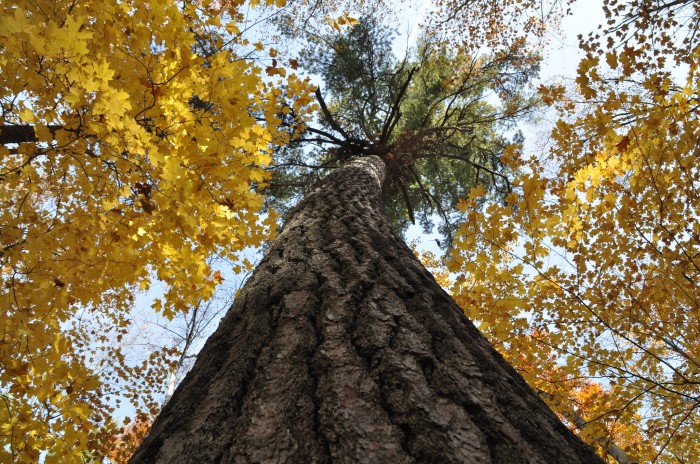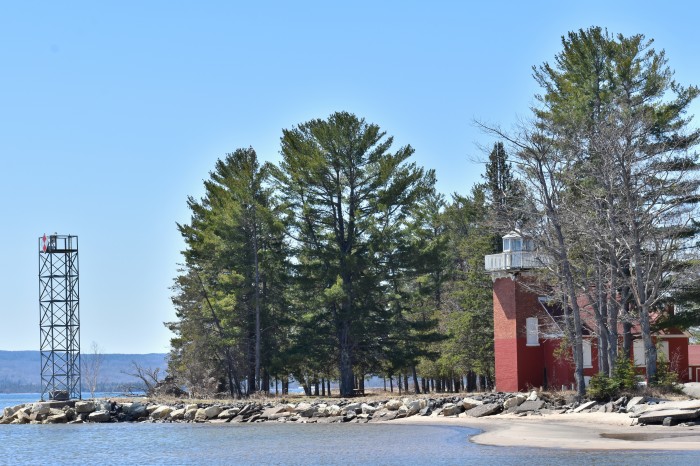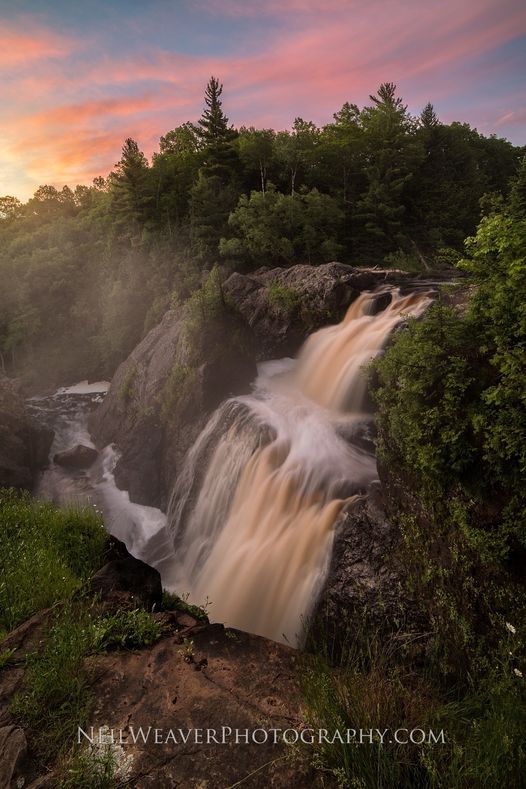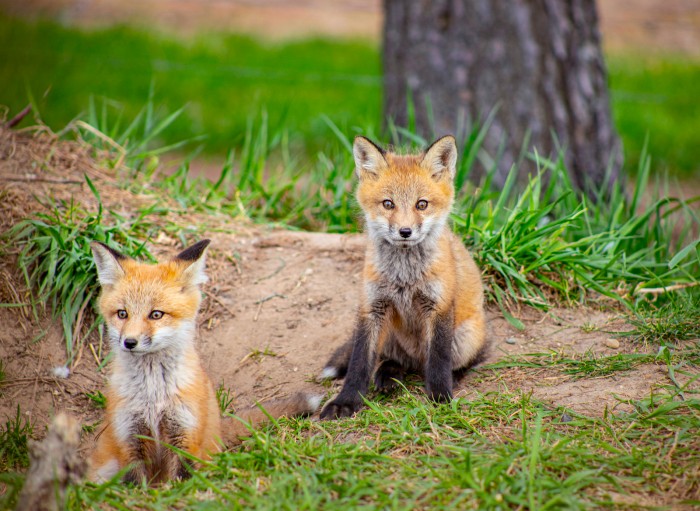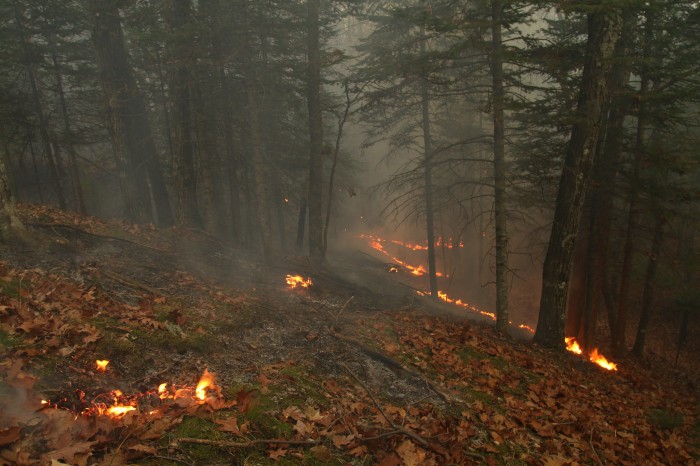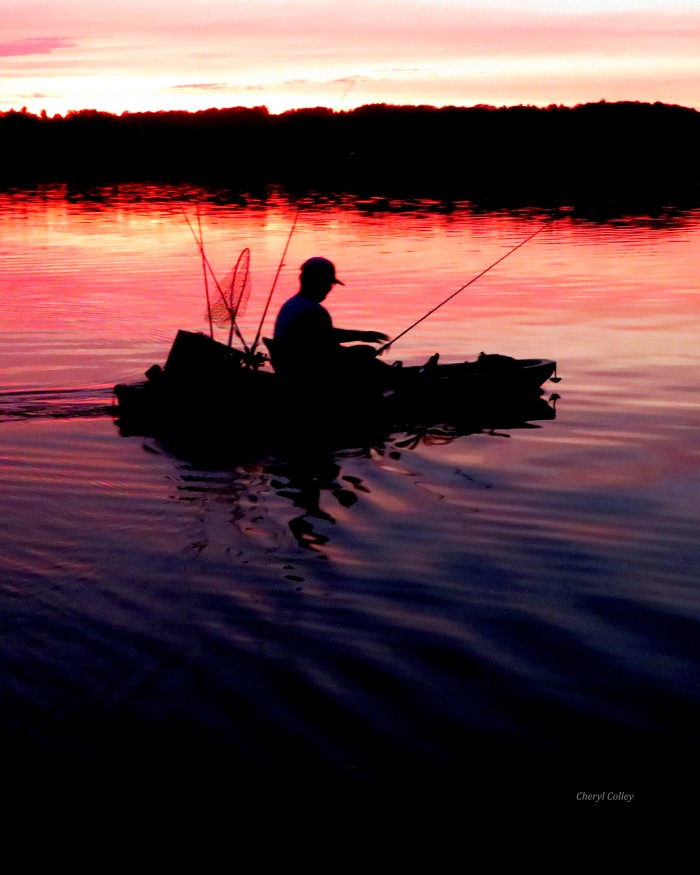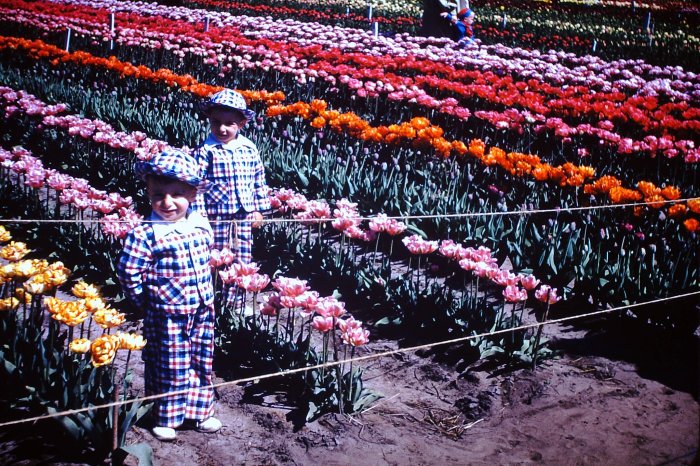Hartwick Pines State Park by James Salinas
mLive shares that the woman whose donation created Hartwick Pines State Park has been honored by the Michigan Environmental Hall of Fame:
Nearly 100 years ago, a Grayling woman named Karen Hartwick bought and then donated to the state of Michigan an 8,000-acre parcel containing a rare and precious grove of pristine virgin pine trees.
The donation was significant for a woman acting alone at that time, but also considering that Hartwick’s father had made his fortune from the logging boom that had leveled much of Michigan’s ancient forests.
…Hartwick’s vision gave Michigan its beloved Hartwick Pines State Park, and it’s continued to keep that land safe in the century that has followed. As recently as a decade ago, the original “spirit and intent” of Hartwick’s donation was invoked as reason for the state to drop the land from an auction that would have allowed drilling exploration underneath those prized old-growth pines.
Lots more at mLive, visit the Environmental Hall of Fame & learn more about Hartwick Pines on Michigan in Pictures.
James took this photo way back in 2010. You can see more in his Hartwick Pines State Park gallery on Flickr.


